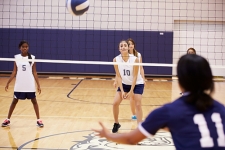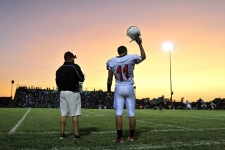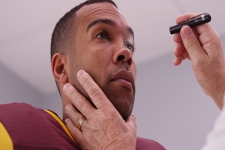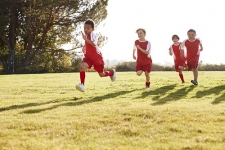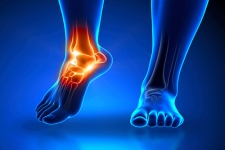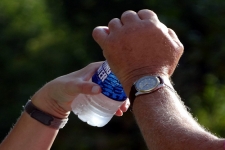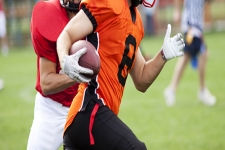It’s Time for Back to School – In the Classroom AND On the Field! – Part 2
Welcome back to the second half of our series on getting back-to-school ready – on the courts and fields and courses, that is! In part 1, we discussed how getting participation clearance from your child’s pediatrician or family practice physician is paramount in making sure that your student is healthy enough to participate in school sports. We also looked at the benefits of visiting with the school/team trainer about proper strengthening and training methods, as well as remembering to set realistic, attainable training goals for the pre-season.

